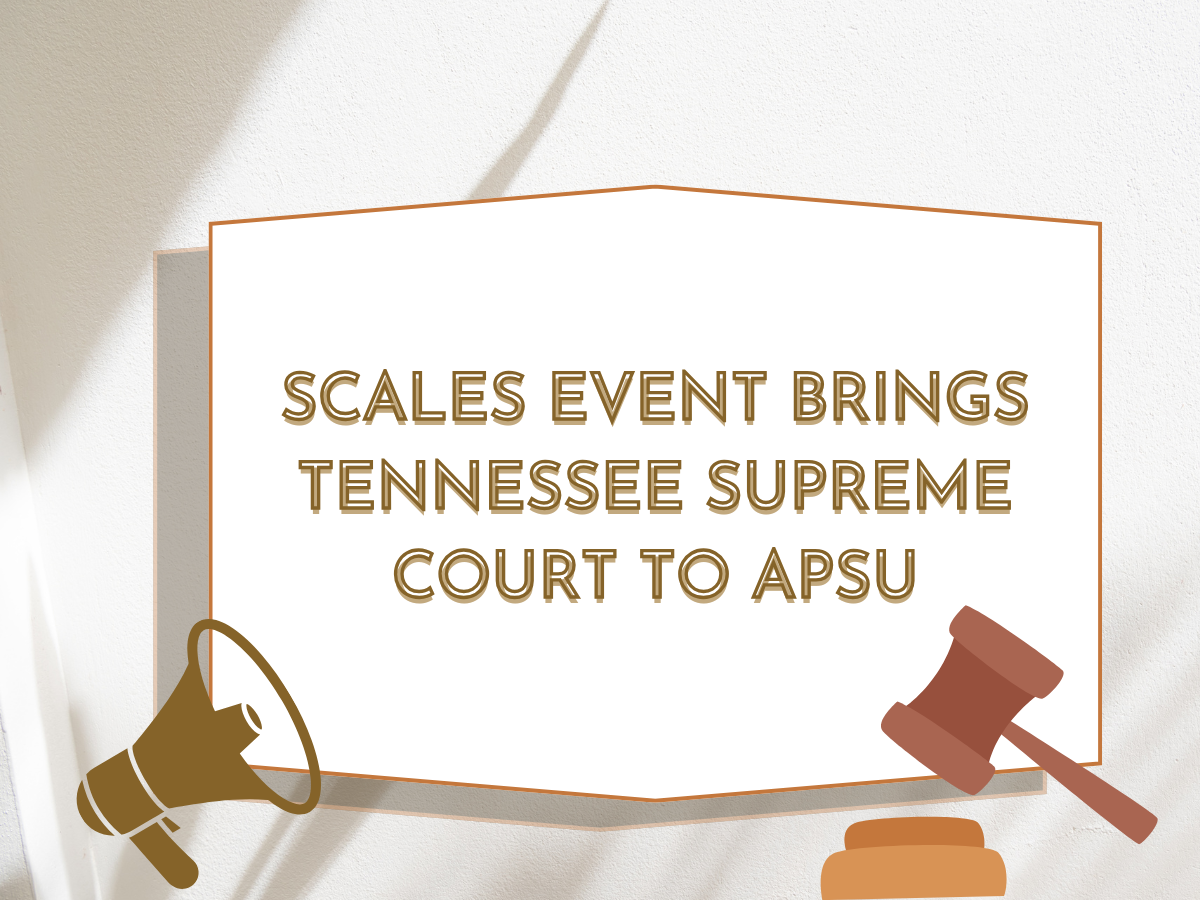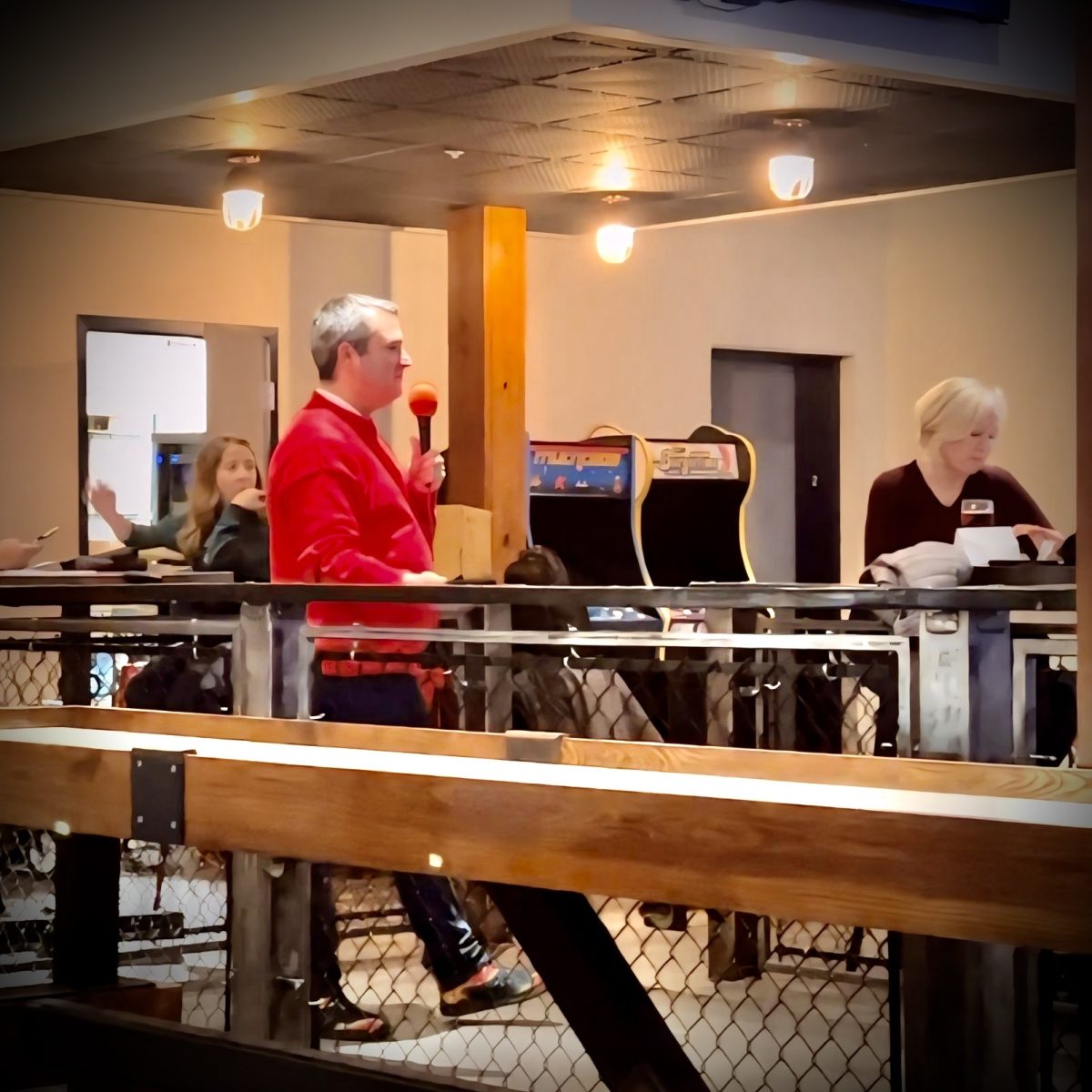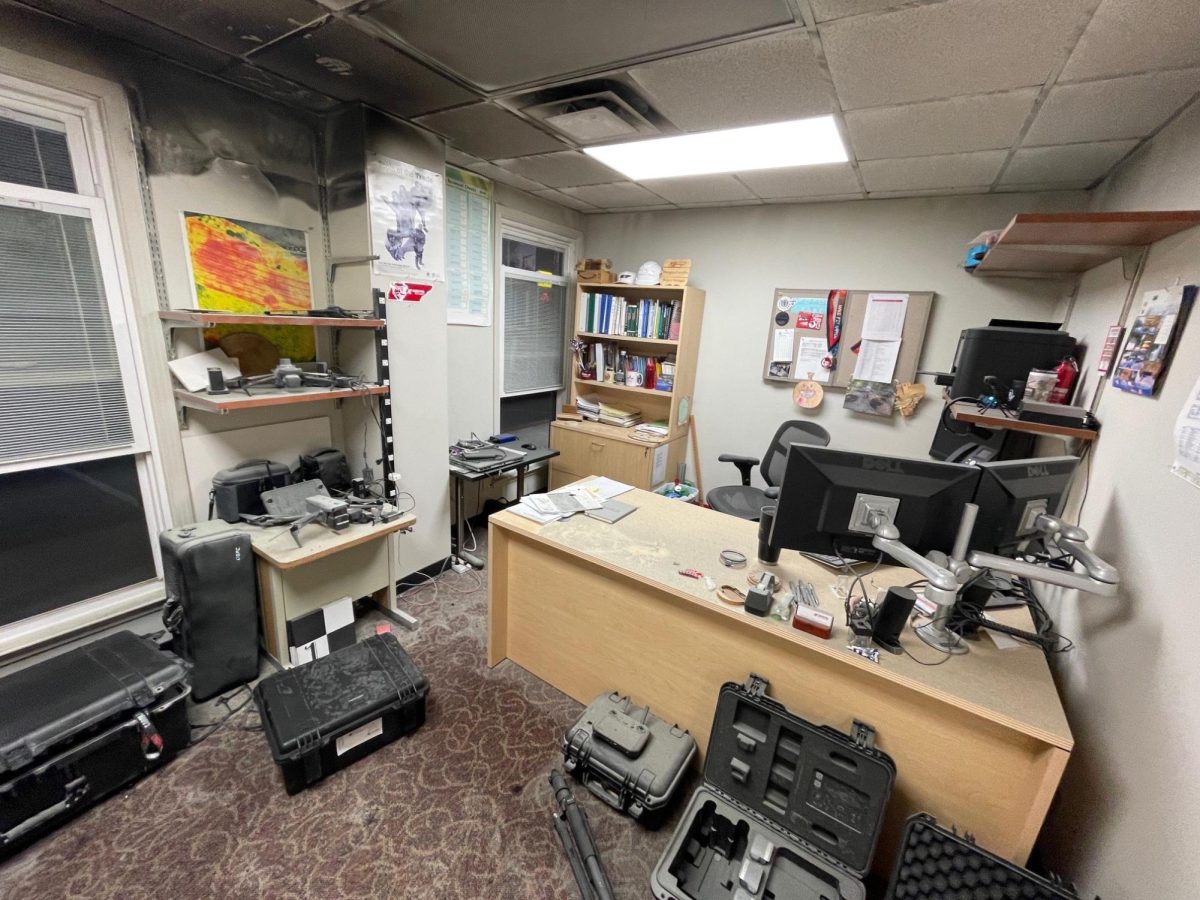With the construction of the new fine arts building comes the loss of Trahern lot, meaning more than 200 parking spaces will be lost, pushing faculty and students to other lots around campus.
Overall, APSU has lost 185 faculty and staff spaces and 40 Harvill resident parking spaces, which includes the removal of parking on Henry Street to facilitate two-way traffic.
Last spring, the Parking Committee held meetings about alternative parking.
Christos Frentzos, chair of the Parking Committee, said after construction, a small area of the lot may be used for parking.
Acquirement of the Jenkins & Wynne property will provide APSU the opportunity to gain more parking spaces.
There are no current plans to use the Jenkins & Wynne property during the 2015-2016 academic year, according to Chief of Police Michael Kasitz.
Construction of the new fine arts building and renovation of Trahern lot begins on Tuesday, Sept. 1, with a ceremony celebrating the fine arts building’s construction at 9 a.m. followed by a reception at 9:30 a.m. in the Mabel Larson Gallery of Harned Hall.
The parking committee is currently in search of a consultant to provide APSU with a parking and transportation master plan, which will include how to incorporate the Jenkins & Wynne property into the current parking inventory.
While the exact number is not yet known, the estimate of spaces available for use ranges from 600 to 750.
Frentzos said the property will most likely be used for parking, and eventually the construction of additional buildings after being integrated into fitting the APSU atmosphere and landscape.
Additionally, Frentzos said the parking committee will make sure the Jenkins & Wynne lot will have adequate lighting and security phones at ideal locations to ensure commuter safety.
Frentzos said students are more than welcome to bring this up to the parking committee or the safety committee.
Frentzos expressed a positive outlook on APSU’s expansion, even though construction may inconvenience students.
“All these things are going to help the university: Better buildings, better classrooms, more modern things to attract students,” Frentzos said. “These are all things that help universities to expand … [and will] … attract more students and more money, so it’s a good thing.” TAS







